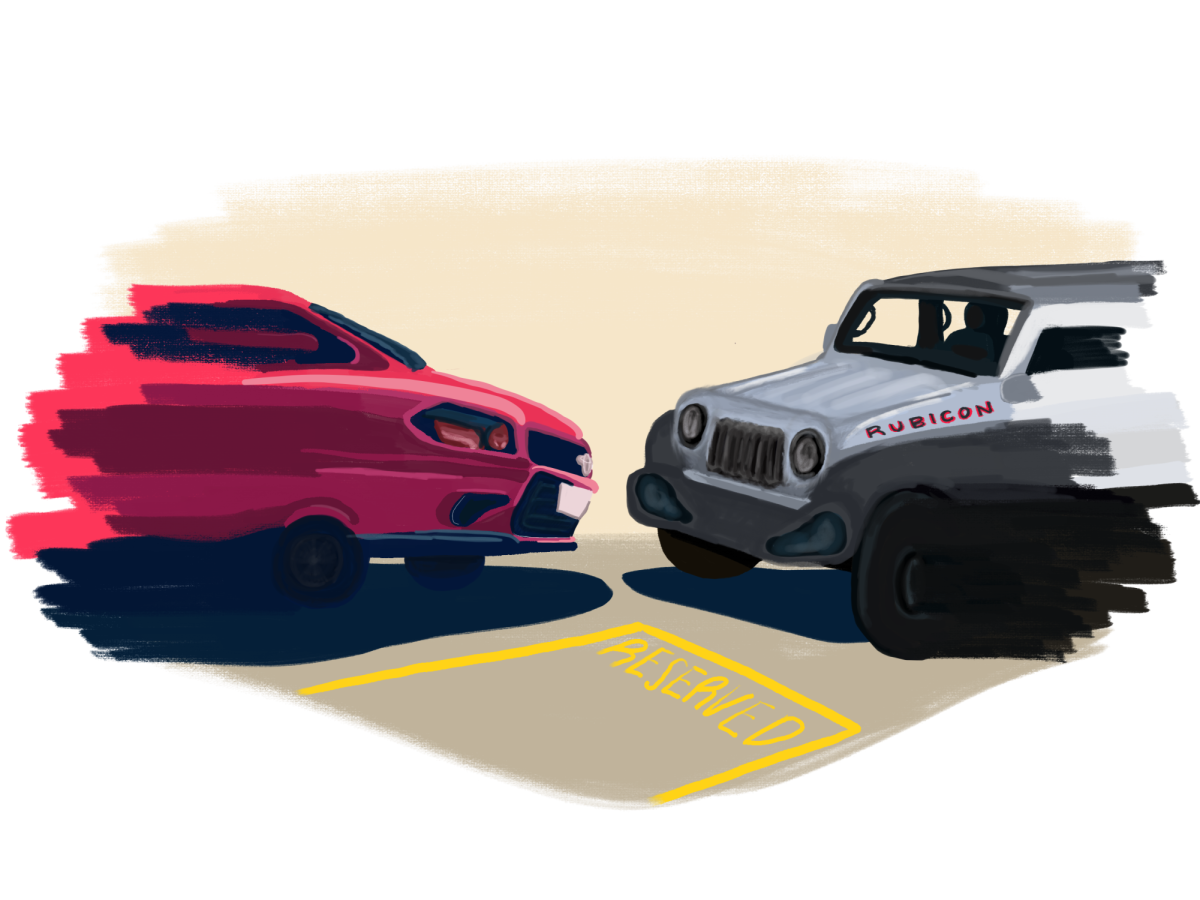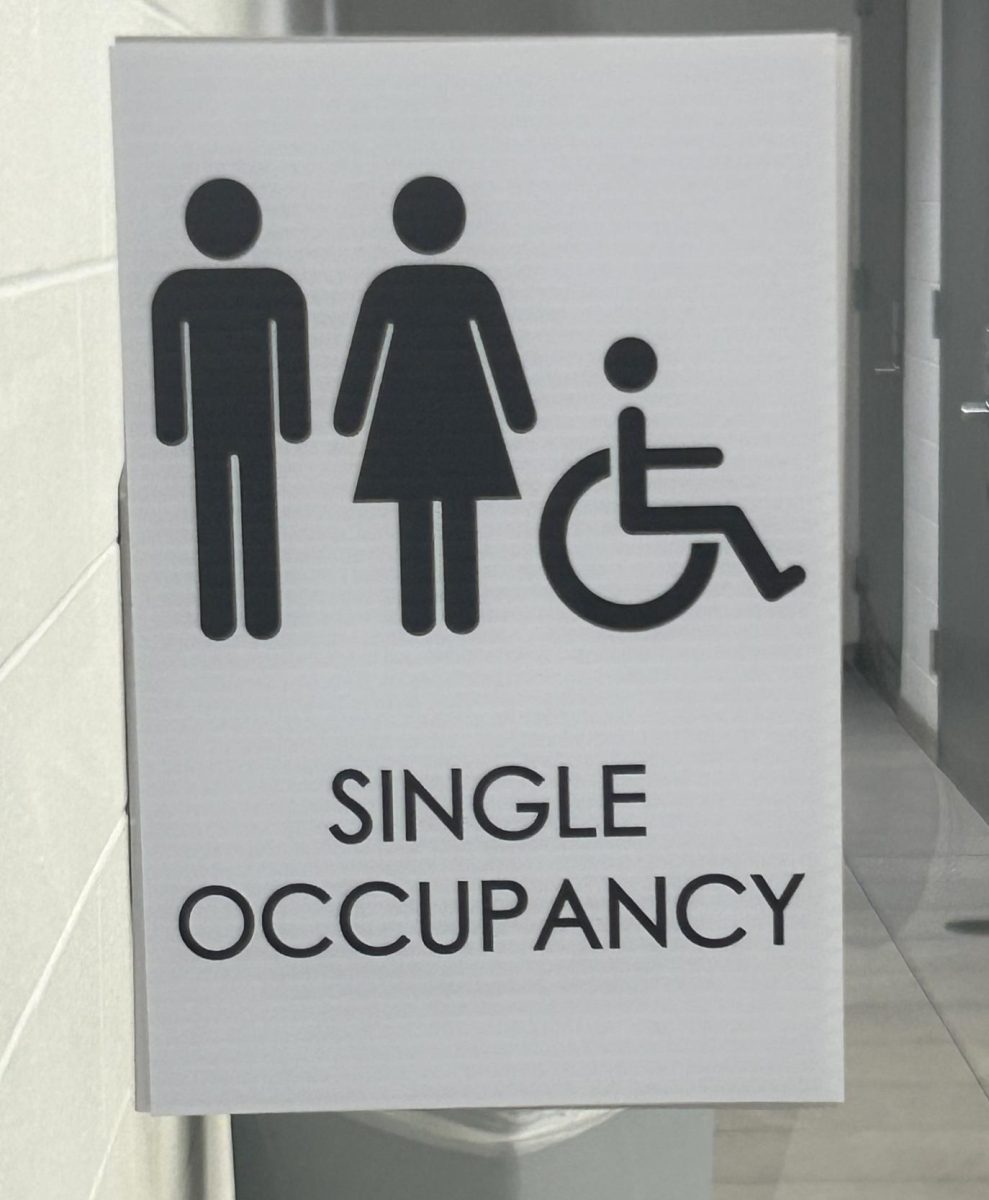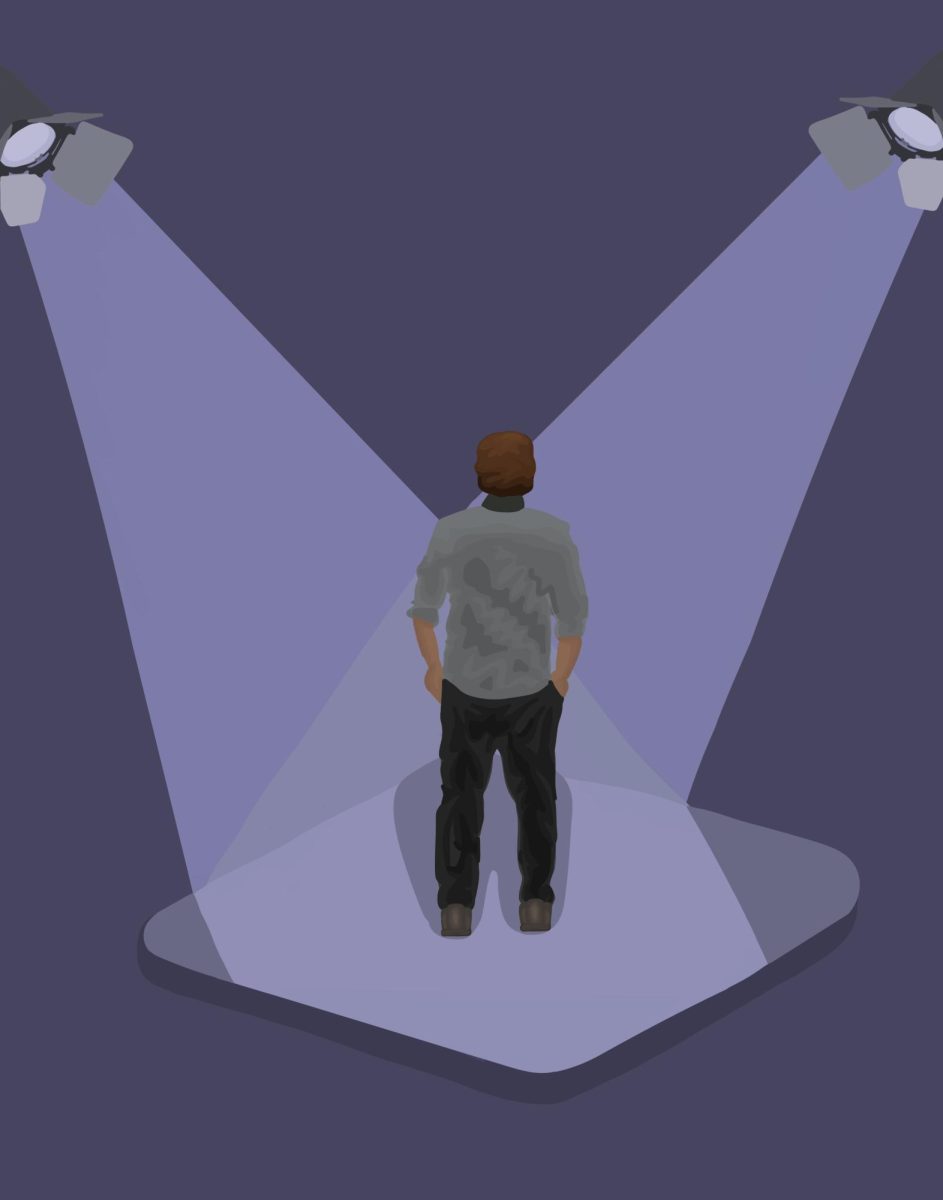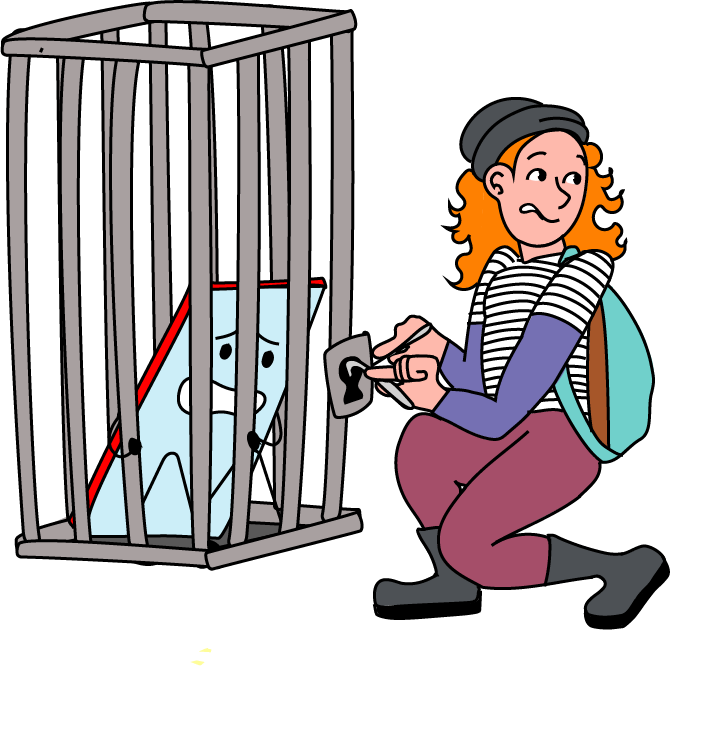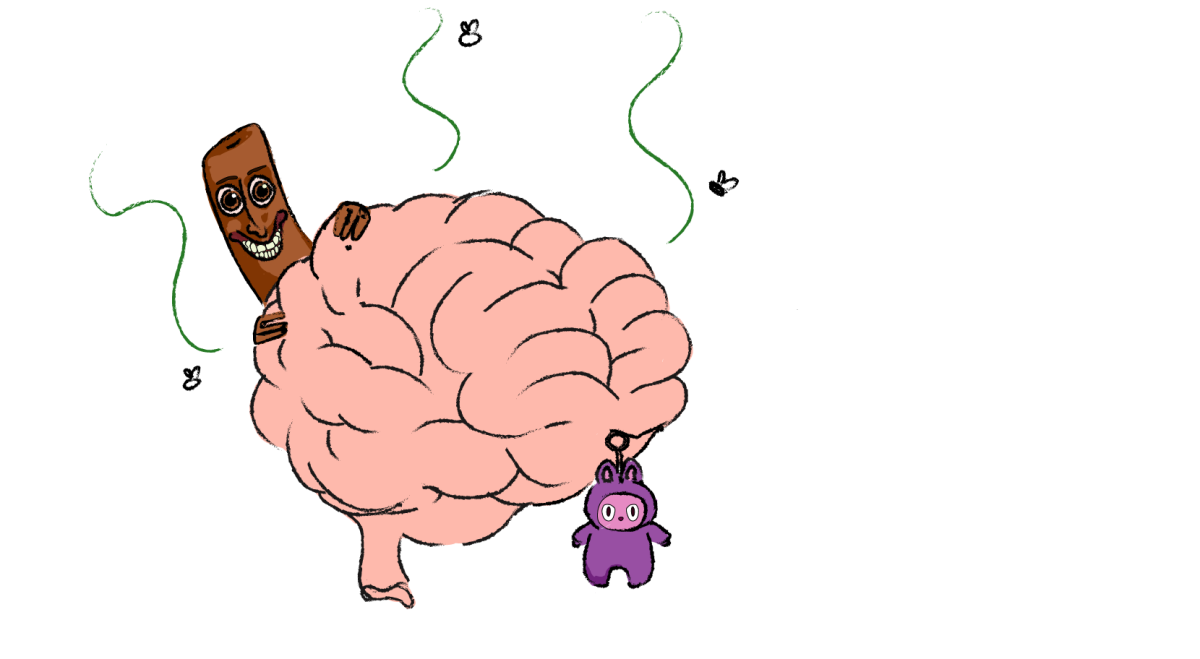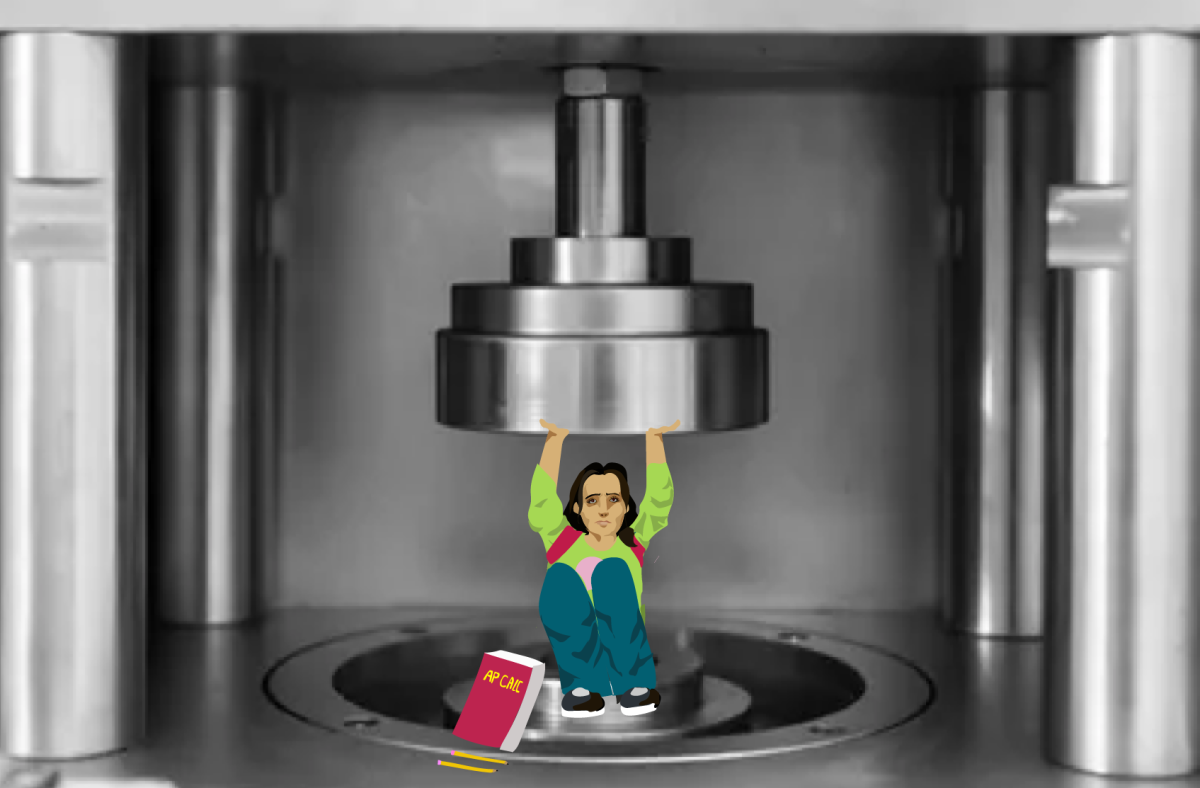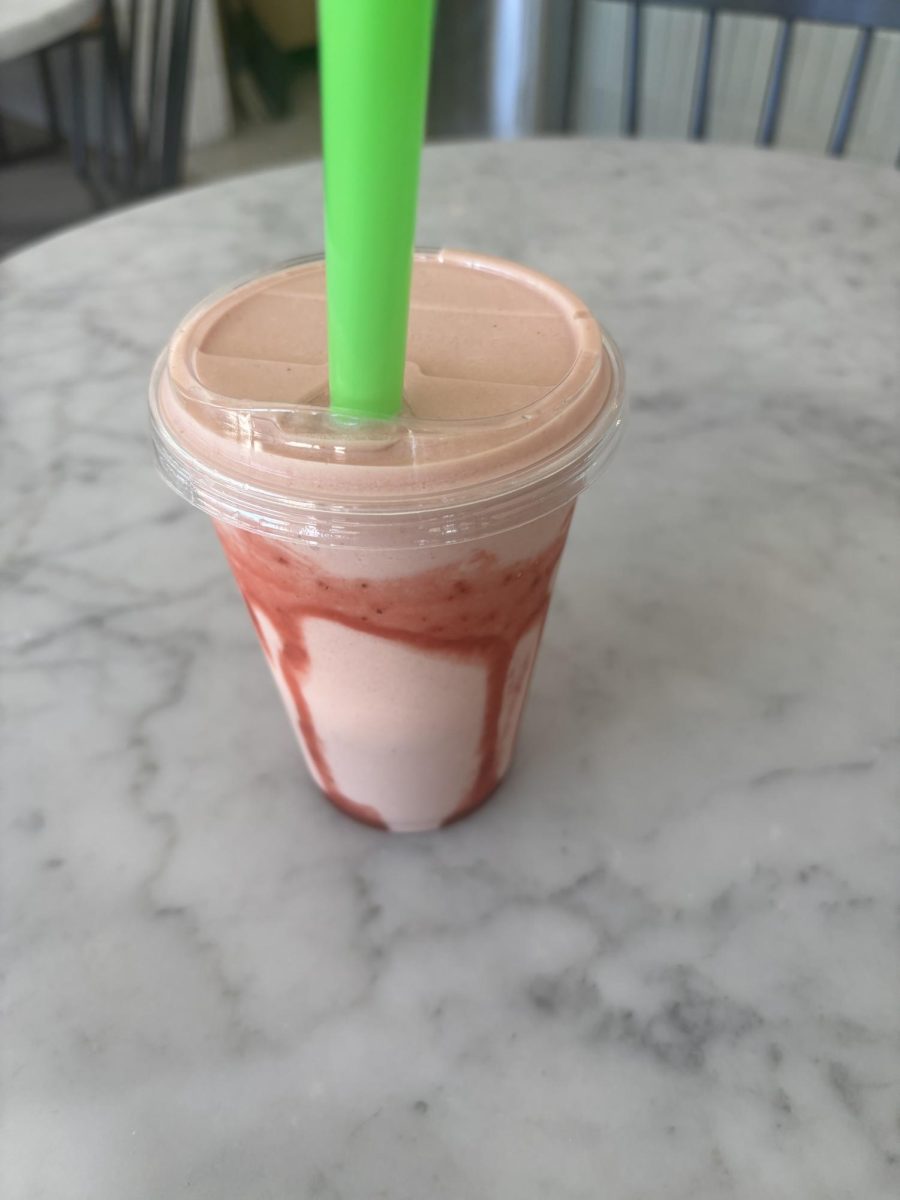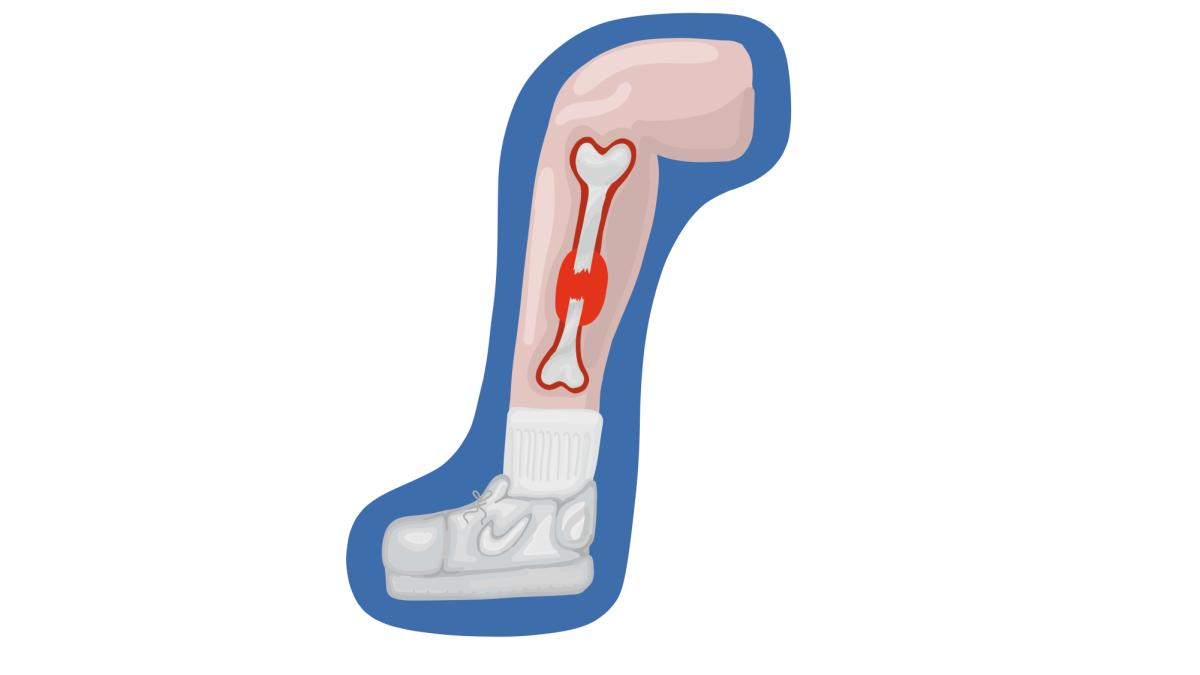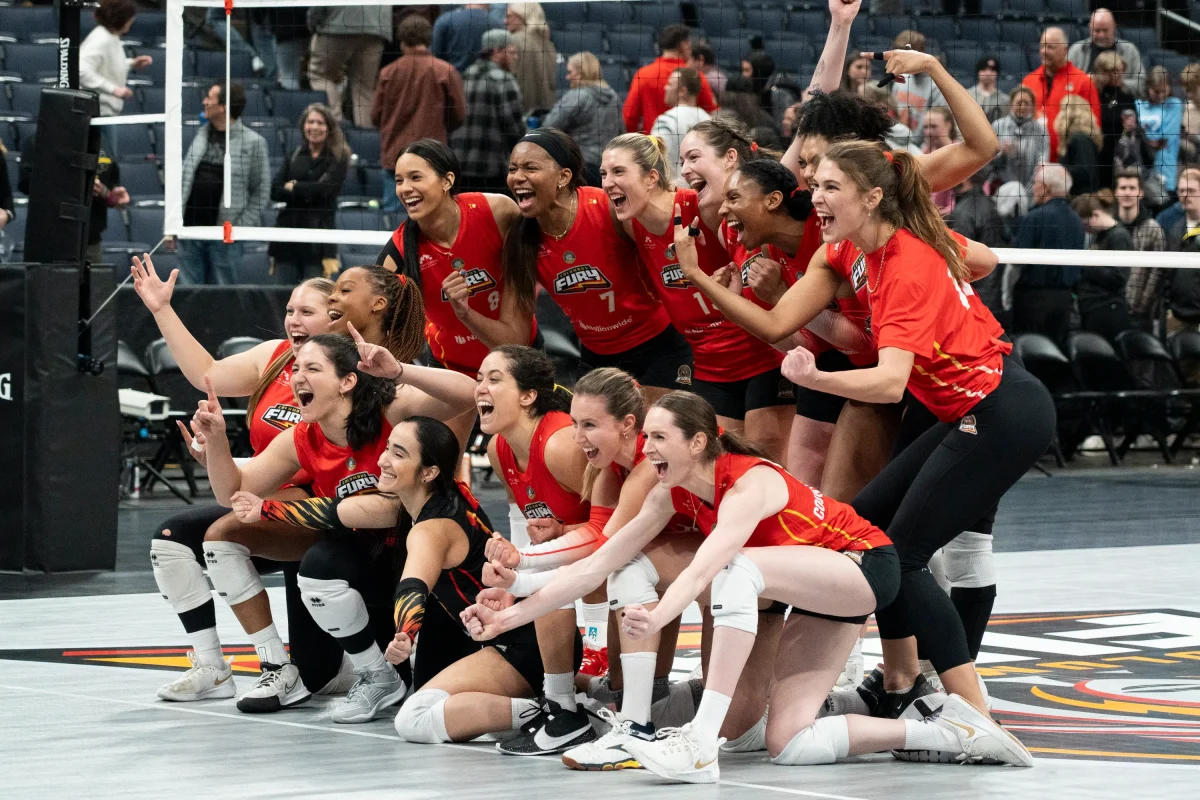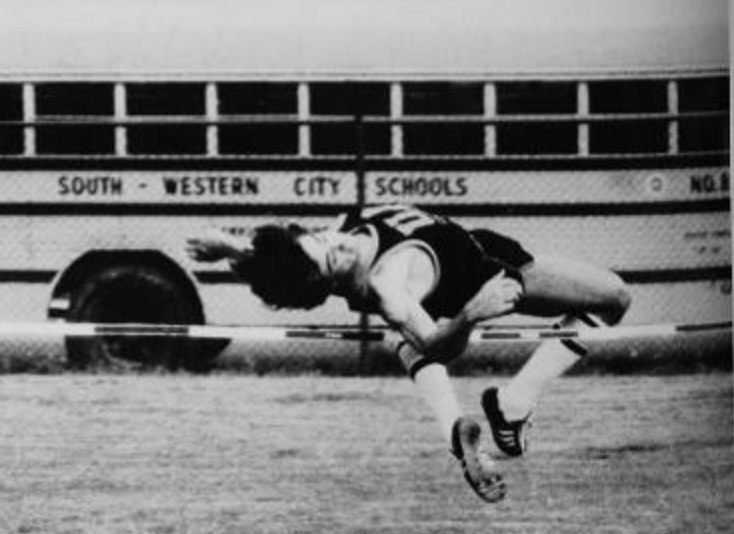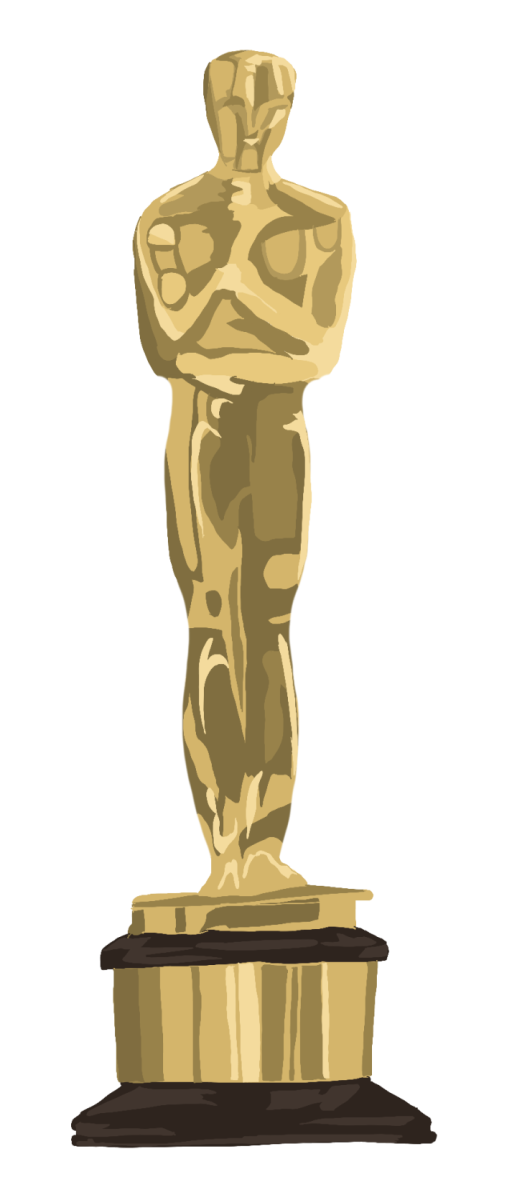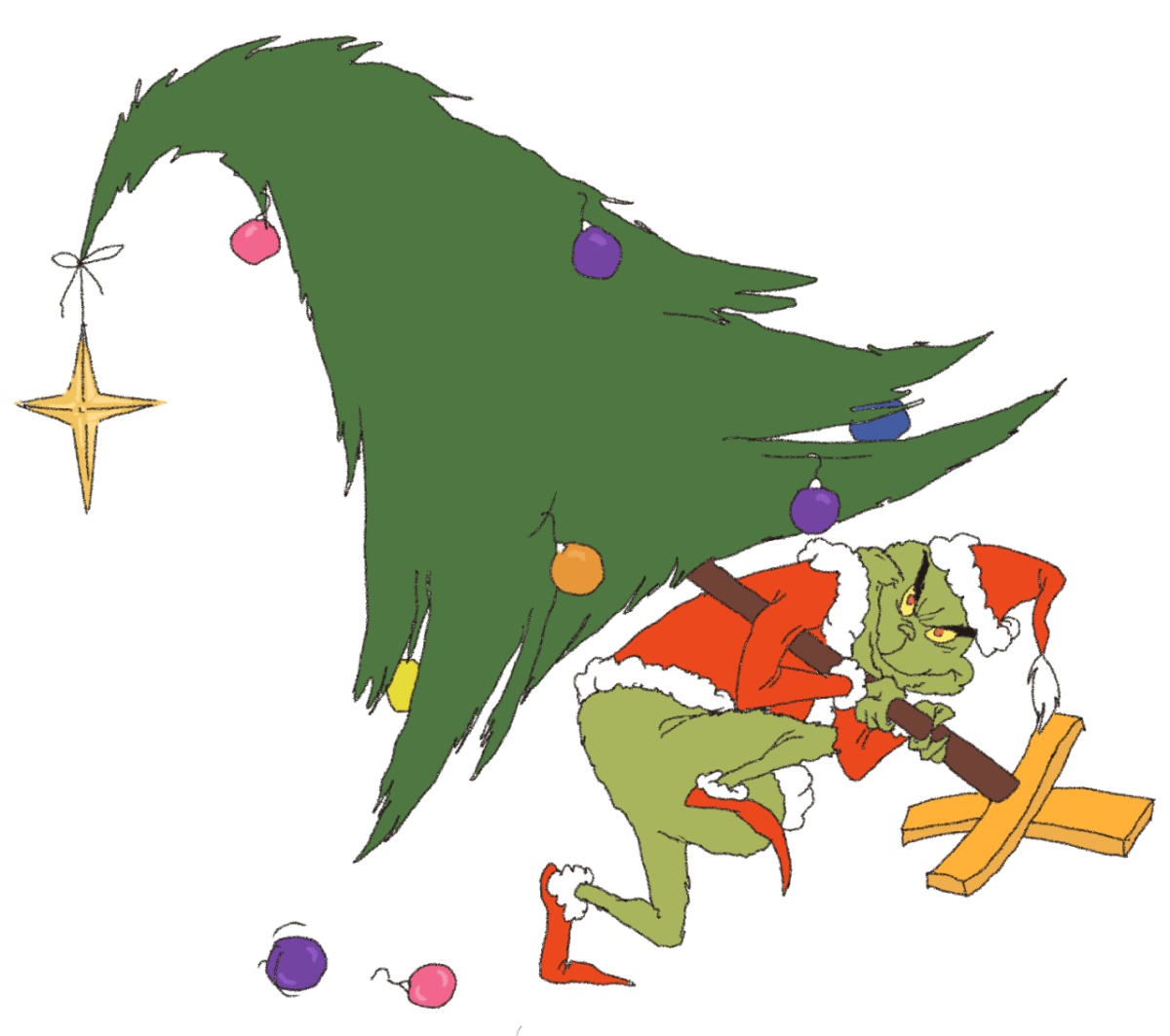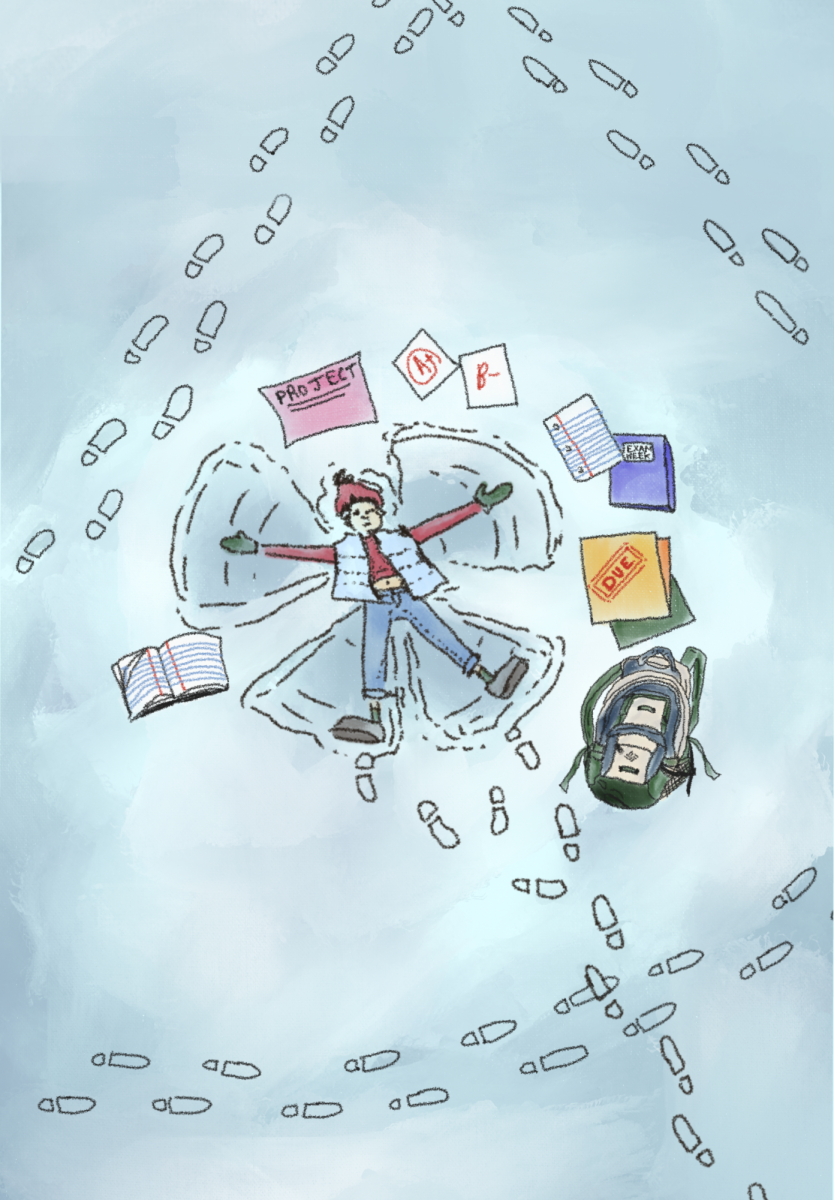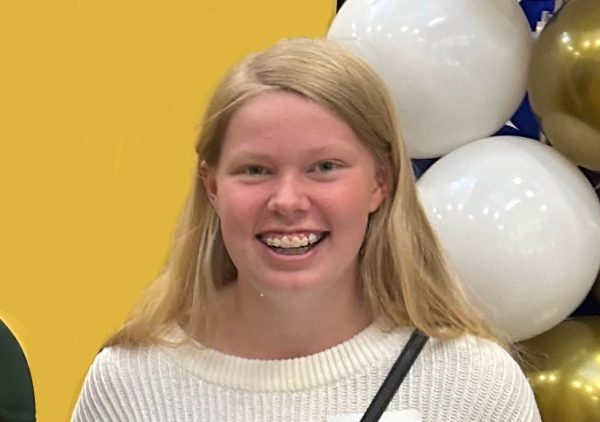At UAHS, students have access to many different activities and clubs spanning all areas of academics. Some of the most suitable clubs available to students who are interested in pursuing science, technology, engineering, and mathematics (STEM) are For Inspiration and Recognition of Science and Technology (FIRST) Robotics Club and Science Olympiad.
FIRST Robotics Club is a student-run and student-funded club started by UA alumni Katie Kang in 2015. The club participates in several large competitions against other schools where they construct robots ahead of time and then compete them against other teams to see which team’s robot can perform a task better.
“It’s basically all about bringing kids together and making a team that can work together and can design a competitive robot,” Curt Bixel, the teacher in charge of FIRST Robotics Club, said.
The event they’re preparing for now entails constructing a robot that can throw a ring like a frisbee as far as possible. The Robotics Club has two major competitions, one late in March and another at the start of April.
“It’s like a worldwide competition, and there are like five thousand teams across the planet that compete. If we win in Cleveland, then we go to the championship in Houston,” Bixel said.
They also have a second team called the Combat Robotics Team, which competes in an event where pre-built robots fight against each other. Robotics Club meets every day after school in the North Commons and currently has a membership of 18 high school students. They also work with around 20 middle and elementary school students here at the high school. Students are responsible for many aspects of the club, including fundraising as Robotics Club is self-funded.
“We get students to do everything, which is nice because students can actually learn how to do these things in a pretty realistic situation,” senior Allen Xiong, a member of Robotics Club said. “We have students working on mechanical aspects, we have students working on electrical aspects, and we have students working on coding aspects which is nice. We also do the fundraising in-house, so we have students working on business, and they write grants, they do fundraisers, and all our funding we secure ourselves.”
Another prominent STEM-based club at UAHS is Science Olympiad. In Science Olympiad, students participate in a wide variety of STEM activities.
“It’s a national organization that tries to promote student participation in STEM areas, so science and engineering and math is kind of their focus. They do so by hosting a series of competitions where schools will put a team together. [The] team consists of 15 students,” Bryan Wenger, the teacher in charge of Science Olympiad, said. “Those students will compete across 22 or 23 events.”
Those events vary widely from build events where students construct a build to meet a set of given parameters and then compete with it at the competition, to knowledge-based events where students test their knowledge on a specific topic.
“Generally, [for] each event, kiddos work with two or three of their peers,” Wenger said. “They always have some amount of cheat material they can bring with them. So if you’re doing fossils, you can bring a fossils guide with you. If you’re doing anatomy and physiology, you can have a whole page of notes, which you can bring with you—and you’re gonna need it, ‘cause they’re gonna go to town.”
Although there is a limit of 15 students and six or 7 seniors per team, Wenger says they do have some wiggle room for extras.
“You can bring some alternatives, and then [for] the build events you can help out with build events and maybe just not be a person who goes in and compete with it. So we have the capacity to handle a few extra,” he said.
This year, however, Wenger says they had enough interest to warrant forming a second team.
“This year is the first year in, I don’t know, about a decade that we’ve had to put a second team out,” he said.
On March 16, the UAHS Science Olympiad will compete in the regional competition.
“That will be at New Albany, and that’s where that’s when we aim to go to states every year. We’ve been pretty successful doing that, and we should be successful this year,” Wenger said.
The top six teams at the regional competition will move on to the state competition, and the top two teams there will advance to the national competition.
“It’s a neat competition. Everybody seems to enjoy themselves when they go to these little events. They’re around their peers and they’re talking about things they like to talk about,” Wenger said.

